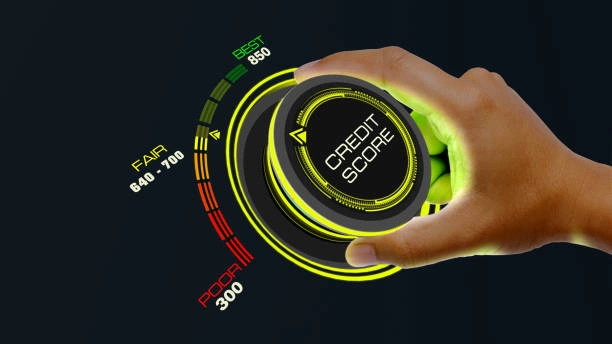Understanding Credit Scores and How to Improve Them

Credit scores allow businesses to determine whether to grant you credit such as loans and credit cards, and also influence what rates will apply.
Understanding how credit scores function and improving them can make obtaining loans, renting an apartment or reducing insurance premiums much simpler. Here are the main elements that comprise your score:
1. Payment History
Payment history accounts for 35% of your credit score and is the main determinant in assessing its quality. This factor includes whether or not debts were paid on time and how recently any delinquency or past-due payments occurred.
Automatic payments or reminders can help ensure you pay your bills on time, yet even one or two late payments could damage your credit score if reported to credit bureaus, so make sure all of your payments are made as promised.
Credit scoring models are designed to predict how likely it is that you will pay back what is owed on time, so lenders look for evidence of on-time payments in your history. A strong payment record will improve your scores over time while utilization, or how much of the available credit you use, also has an effect on it – experts advise keeping balances low to maximize results.
2. Length of Credit History
When it comes to credit scores, length of history plays a pivotal role. Lenders prefer seeing long payments histories without late payments or account delinquencies as this helps lenders assess how much risk taking on new debt poses for you.
Credit history only accounts for approximately 15% of your overall score; it’s calculated using an average age calculation involving both open and closed accounts that’s calculated by adding up all the ages of both older and newest accounts, then dividing by two; adding new accounts can cause your average age to reduce, thus negatively affecting your credit score.
Young borrowers looking to build credit histories can start building them through various means, including becoming an authorized user on another’s account or applying for secured loans. Keep in mind, though, that payment history and credit utilization remain two key determinants of credit scores.
3. Credit Utilization
Credit utilization is a critical component of your credit scores. Calculated by dividing your total debt balance by your total credit limit, credit utilization provides a measure of financial restraint and discipline – FICO and VantageScore both consider it as part of their scoring formulas; as it impacts both individual accounts as well as overall scores it’s essential that your balances stay low to maintain optimal scores.
Keep your credit utilization below 30% as a general guideline. If this proves challenging for you, requesting an increase may help – however beware: doing so could incur hard inquiries on your report, potentially leading to some slight decreases in score. Furthermore, this short-term solution only lasts so long before utilization becomes too high and negatively affects scores again.
4. New Credit
Addition of new credit accounts can both boost and harm your score in various ways. Opening a new credit card or line of credit could increase your “credit mix” factor, showing lenders that you have successfully managed multiple types of accounts (installment loans such as car and home loans and revolving credit such as credit cards).
Scoring models use an average age for all accounts when calculating length of credit history – 15% of your FICO or VantageScore credit score – meaning adding new accounts lowers this average age and can harm your score.
Paying bills on time and using credit cards wisely are two effective strategies for building your credit score, and understanding these can make a real difference in boosting it. When combined, these elements will allow you to reach higher credit scores that make renting apartments and qualifying for loans or mortgage mortgages much simpler as well as other financial products like life insurance more easily.






